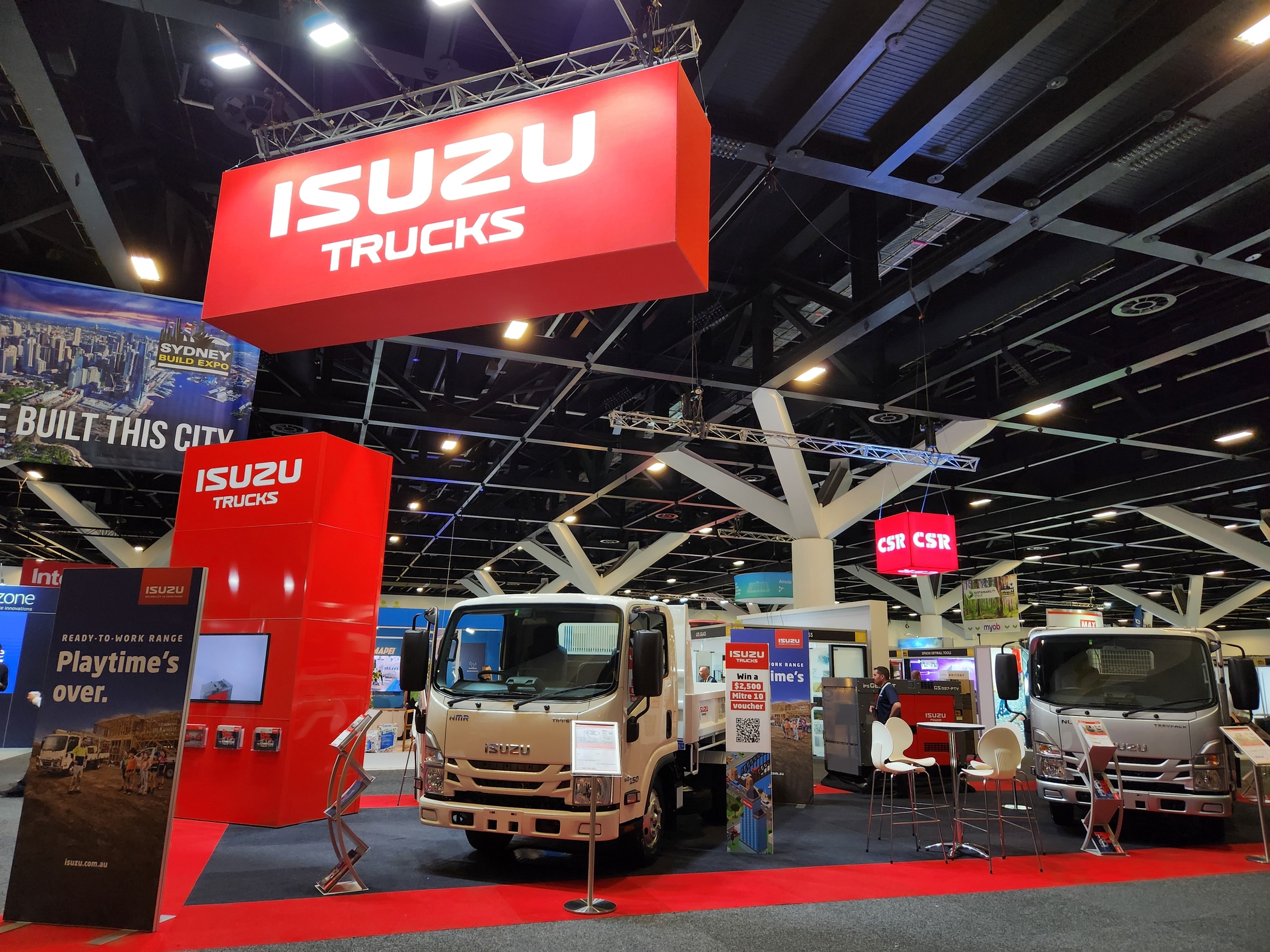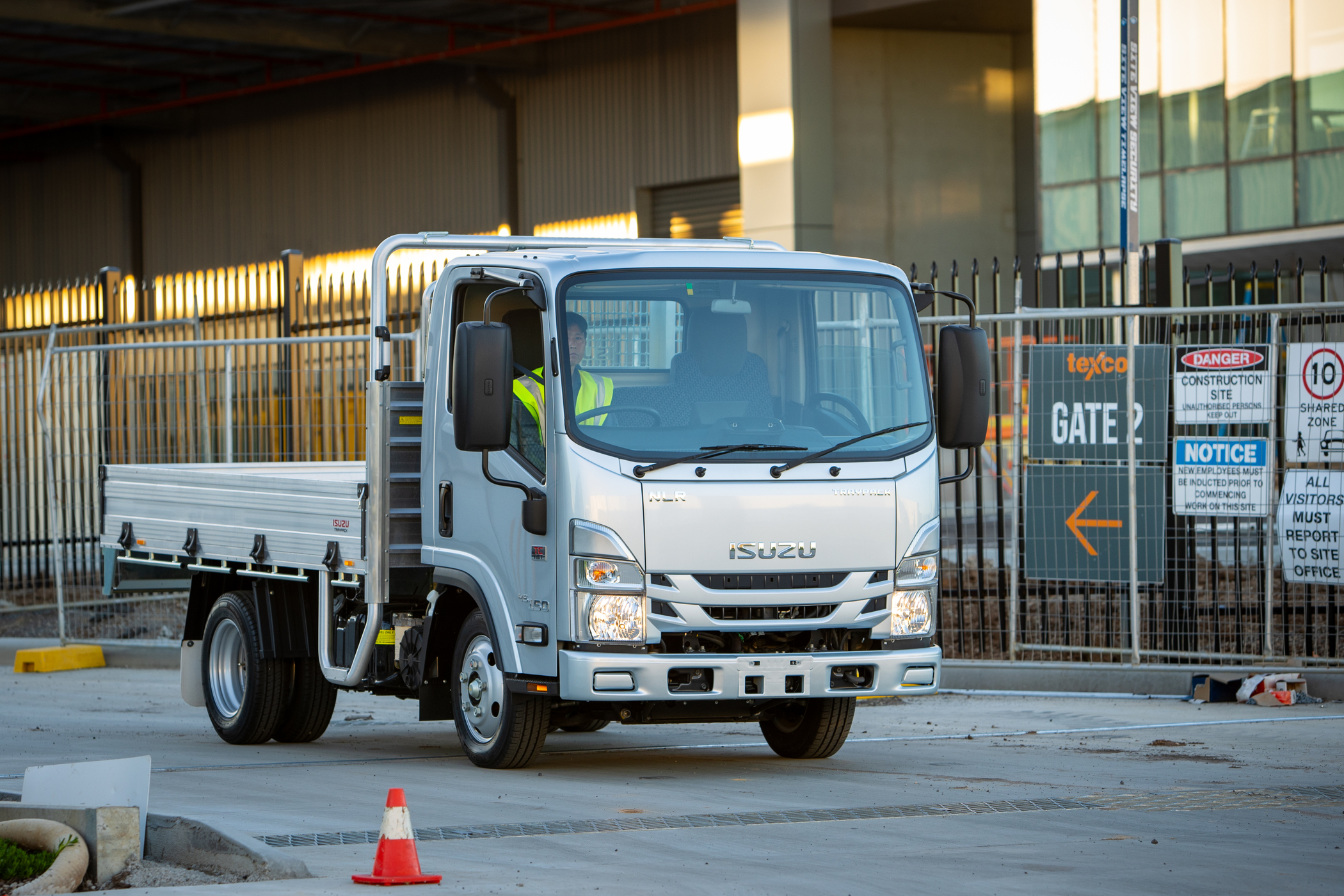Behind the scenes of a roadside assist operation

Australia: it's a big, beautiful country with a road system that can be harsh on any type of vehicle (aside from the well-worn streets of the cities and suburbs), so it’s easy to see why many drivers are happy to pay for a roadside assist service every year.
When someone is in need, roadside assist technicians are there to help diagnose and fix issues or in more unfortunate cases, arrange for a towing company to collect the vehicle.
Around the clock roadside assistance can be particularly valuable if vehicle downtime has a significant impact on day-to-day business and your ability to get the job done.
We spoke to Michael Porter, a service advisor at the Westar Truck Centre in Derrimut in Melbourne’s west, to find out more about how their workshop deals with what the road throws at them—and what you can do to protect yourself against the worst.

Michael Porter - service advisor Westar Truck Centre
The triage centre
It takes a huge amount of knowledge and experience to become a roadside assist operator and often, it’s a job reserved for senior team members.
“The senior technicians are without doubt the best people to have as breakdown mechanics,” says Michael.
“They have the qualifications to go out there, establish a rapport with the customer, make an assessment and if possible, get them moving again after we’ve taken the call from the roadside assist operators. They’re often auto-electricians as well.”
Westar’s senior technicians will sometimes remain on call well after a shift in the workshop is over, in order to make sure none of their customers are stranded or in danger for too long.

“After they’ve done their normal shift, our technician will go home like any other night. If they get a call out, that call will go directly to their mobile and then they can determine if it’s something that can be fixed on site—if it is, they’ll go out to it.
“If it’s something a bit more involved that needs to come into the workshop, they’ll make that call and organize to get the vehicle towed to the nearest dealership.”
Common sense value
As with any kind of insurance, paying for a roadside assist service is a small price to pay for peace of mind. Many vehicle manufacturers recognise the value of this service and offer 24/7 roadside assistance as standard with new vehicle purchases.
According to Michael, the most common causes for breakdowns usually whittle down to human error.
At the top of the list are batteries drained from the lights left on and electrical systems left running as the reasons for a roadside call out.

If you’re in and out of your vehicle frequently, minor attention lapses are forgivable and that’s what the service is there for—helping out with these small problems alongside any major mechanical issues.
Michael has some common-sense advice passed on from the workshop technicians for anyone who is on the road regularly.
“I think probably the best thing would be to read the owner’s handbook or manual. Sometimes the things you're asking the technicians or wanting them to explain is easily available in the handbook.
“For us, it's always a bonus when we speak to someone who is armed with this knowledge as it can make a huge difference to how we can assist speedily on a call.
“They are an extremely valuable resource that can save you time, and potentially, money!

The future of breakdowns
While new technology is being added to vehicles all the time that can help with important issues such as road safety, the flip side to this is that new vehicle models are also becoming harder to assess and fix at the roadside by vehicle owners.
Engine upgrades and automation have made much of the routine mechanical work inaccessible to the average person, no matter how handy you are.
With this in mind, having the number for a roadside assist service on your favourite contact list might be more pertinent than ever, especially if you’ve invested in a new truck or work vehicle. Michael noted that nine times out of ten, Westar would need to send a technician out with a diagnostic tool to assess the problem in the case of an engine error code.

“With advances in technology on some of the vehicles, people just can’t work on the trucks themselves like they used to.
“Nine times out of ten, we will have to send a technician or plug in a diagnostic scan tool to find out what the code is—we can only gather so much information from what the customer is describing.”
Futures on the road
While there are issues posed by advancing technology, these same technological leaps have opened up a variety of new career options across the auto industry.
With significantly less ‘spanner swinging’ than there was even twenty years ago, there’s room for tech-savvy technicians to make their mark. Michael’s advice for any interested parties is to get in contact with the company directly.

“Here at Westar, we have a great training course for apprentices. We just had a big run a couple of months ago here and the same for our other three dealerships.
“We’re always looking to employ smart new technicians, so there are always job opportunities going.”
For the everyday driver and truckie, Michael’s advice on the most important piece of equipment a driver should always keep in their vehicle to avoid breakdowns… the answer is the same as above.
“Nearly everything you need to know about your vehicle is in the owner’s manual,” he says adamantly.
“For everything else, give us a call!” Perhaps we should all take a read.
If you’re interested in a career in trucking, there’s never been a better time. Read more here.


Playtime’s over, get $3,500* to spend on extras.
If you’re ready to get serious about tackling bigger jobs, grab yourself an NLR 45-150 AMT SWB Traypack from the Ready-to-Work range for $62,990 drive away*. And to prove we aren’t playing, buy any NLR Traypack before June 30 and you’ll get $3,500* to spend on genuine accessories or an Essentials service agreement.
Learn more



